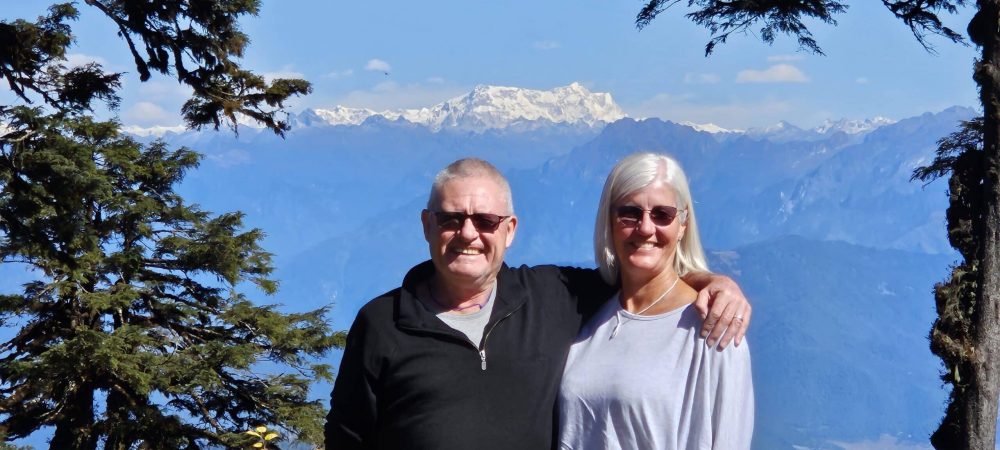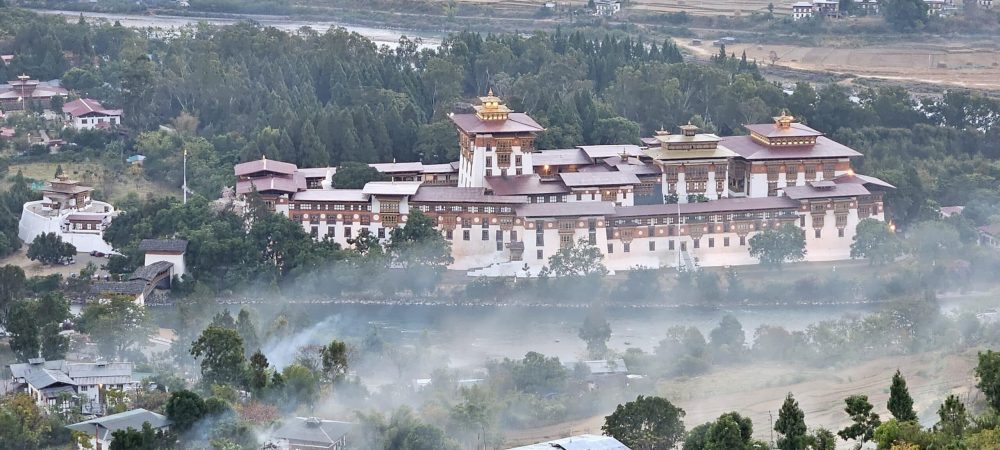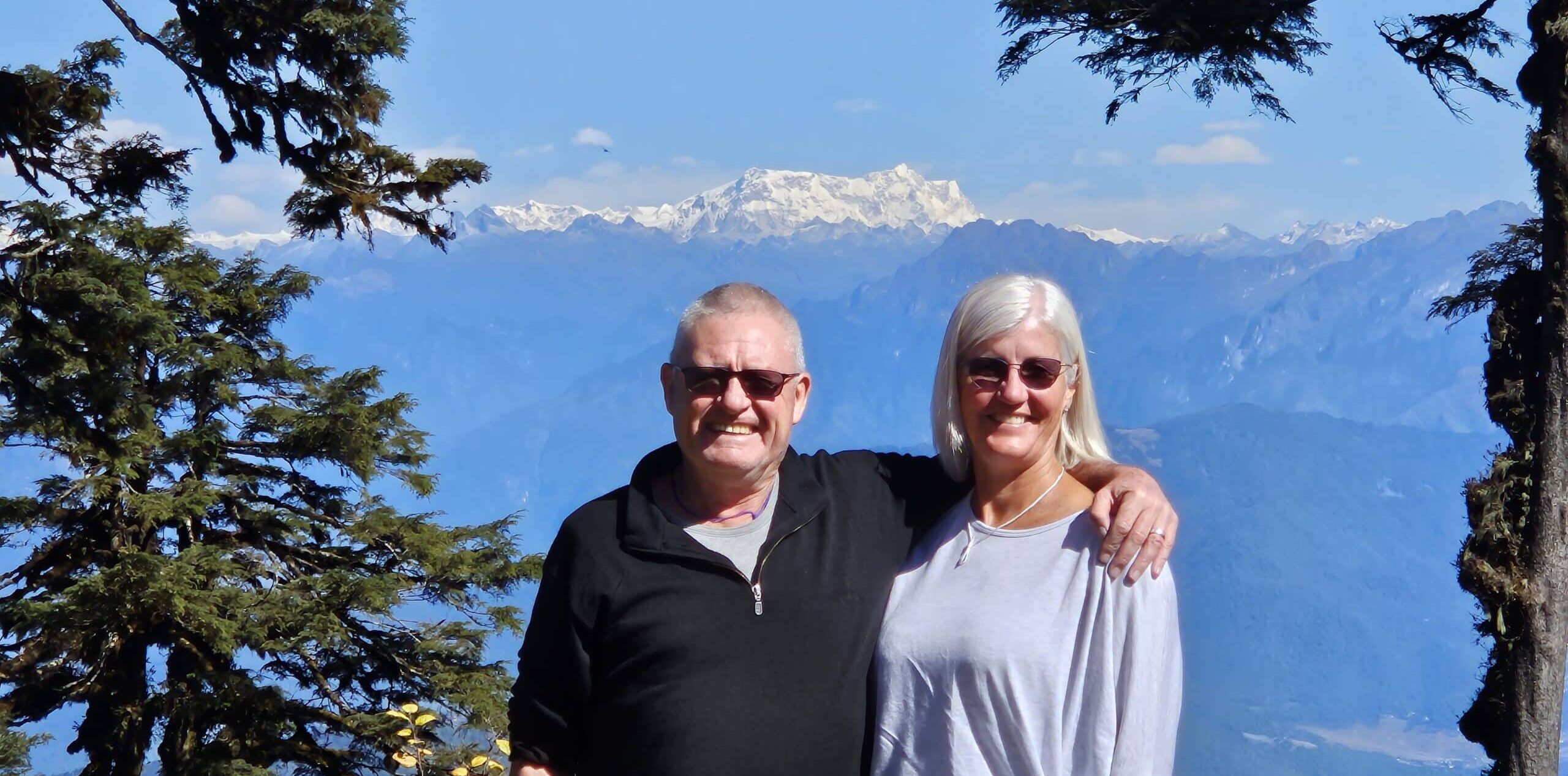Plan Your Perfect Bhutan Trip - Part 1 - Initial Research

Tips to help start your research for the perfect Bhutan Trip.
- How Safe is Bhutan?
Bhutan is extremely safe to visit for all the family. In fact one of the biggest visitor demographics is female travellers over 50. There is very little crime against tourist visitors and there is no intimidation or forceful selling practises; not even any begging. Visitors feel welcomed and ‘at home’. - What to see and do in Bhutan.
Immerse yourself in ancient Dzongs (fortresses), Lhakhangs (temples) and monasteries, while marveling at the architecture and detail; hike, trek or mountainbike spectacular trails; rub shoulders with the locals (who speak good english) in markets, cultural & religious Buddhist sites, cafes and in their homes. You will always be welcome. Bhutan is world-renowned for high quality weavings & textiles, plus is one of the most bio-diverse regions in the world and a haven for bird-watchers. Bhutan & Beyond will tailor your perfect itinerary. - When is the best time to visit Bhutan?
The best times to visit Bhutan are late SEP through to late July, for cultural & valley hiking trips OR APR-early JUN & mid-OCT to mid-NOV for high altitude trekking. We personally love the month of NOV and over the surprisingly mild winter months of DEC-FEB when tourist numbers are lower. Less is best in Bhutan! - How long should I stay in Bhutan?
Please consider a minimum of 6 nights to make any Bhutan journey worthwhile, and we recommend 8-11 nights for a balanced experience including Bhutan’s best sites and hikes. - What are the hotels like in Bhutan?
The lead-in hotels are 3-star standard and traditional Bhutanese style, often family operated. Rooms are clean, usually a good size, and have private bathrooms. - Can I upgrade to a higher standard hotel?
Most certainly. There are a few 4-star hotels, and a growing number of 5-star hotels and luxury grade resorts.Bhutan & Beyond can mix your hotel standards to suit your budget.
Key web links to assist with your initial research:
Start with valuable ‘initial trip planning’ info via the web links below. Then we recommend arranging a chat with James or Nicola, the experts in Bhutan travel, at Bhutan & Beyond.
Plan Your Bhutan Trip
Bhutan Climate
Bhutan Festival Guide
Flying to Bhutan
Visas, Insurance & Health

 |
James Irving – Bhutan Travel Expert. James has worked in the travel industry for over 40 years & has been involved in the leisure, corporate, group, sport, incentive & wholesale travel genres. James loves rugby union, and keenly supports the Queensland Reds and the Australian Wallabies. |


